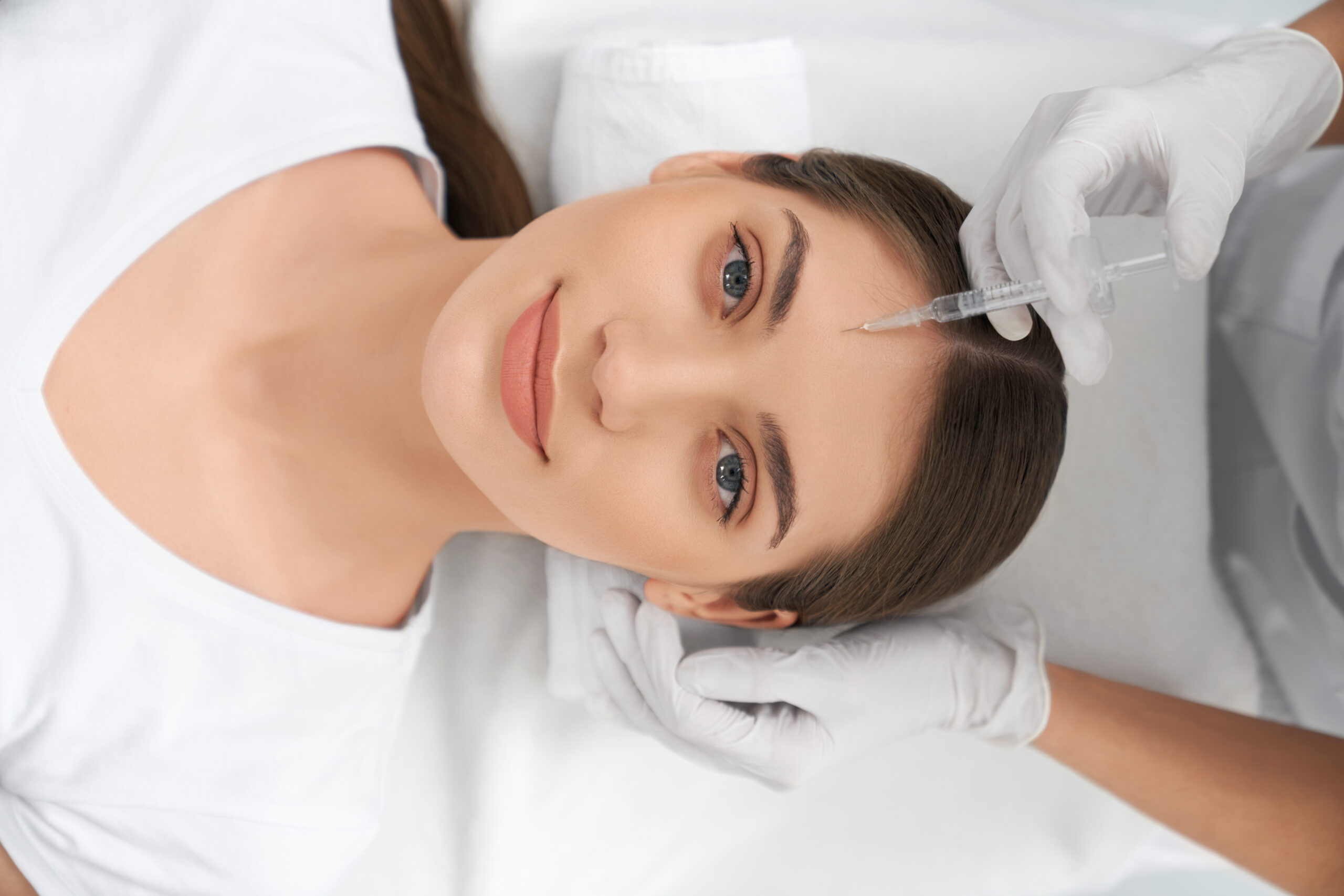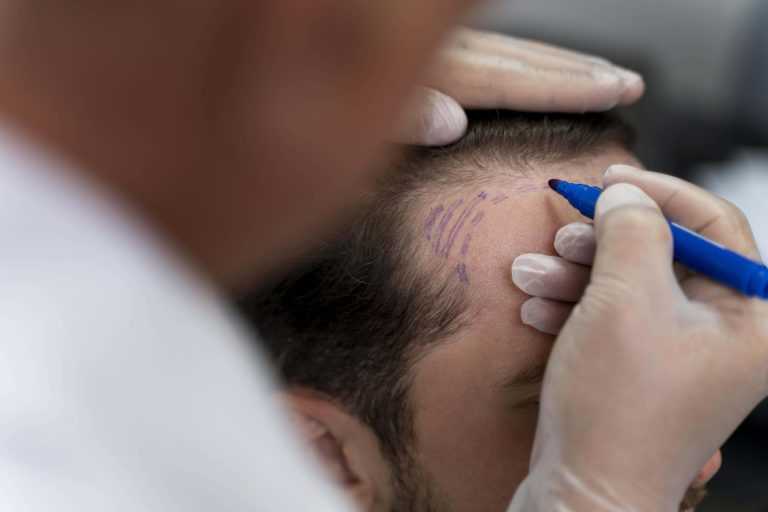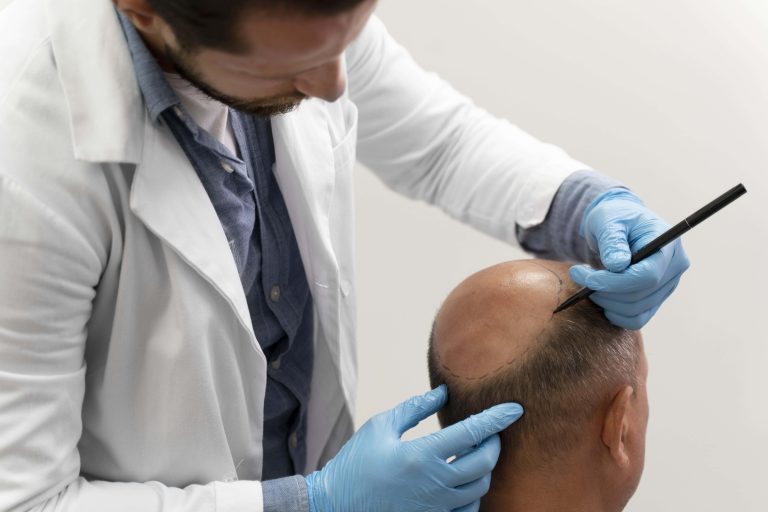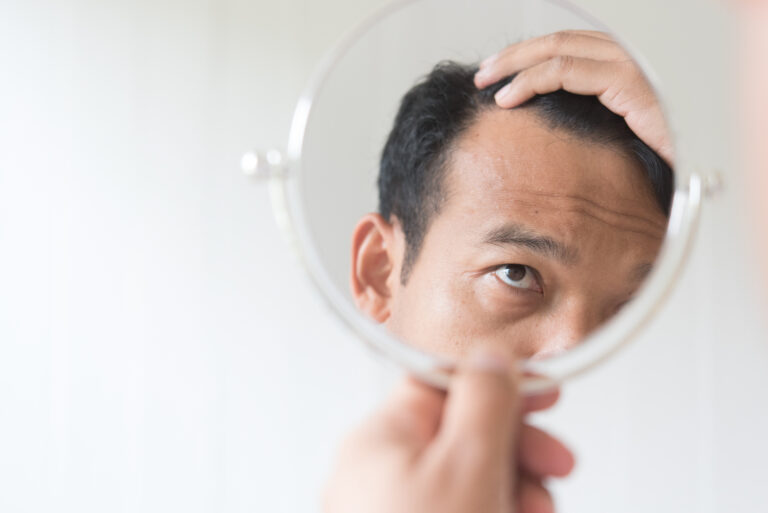It wasn’t very long ago that cosmetic surgery was a thing for celebrities and the rich. Meddling with the shape and structure of your body was taboo and only accessible in overseas facilities to the affluent. But medical science has come leaps and bounds since those days. Misconceptions and taboos surrounding cosmetic surgery have been addressed to a huge extent.
Even so, misapprehensions remain. Studies show that in 2016, 18 million cosmetic procedures were performed on women in India, while the number for men stood at a comparatively smaller 3 million. This shows that stuff such as the notion of cosmetics and cosmetic surgery being a girly or feminine thing still lingers in our society.
But with increasing awareness about self-confidence, self-love and how that can improve your life, more and more people have shelved their aversions to cosmetic surgery. In fact, India has become a global hub for cosmetic surgery, with people from other countries choosing to get their cosmetic procedures done from this side of the subcontinent.
So what exactly are cosmetic surgeries? What are some of the most commonly opted cosmetic procedures? Let us see below!
Cosmetic Surgery
Cosmetic surgery is a subspectrum of plastic surgery which involves procedures that help correct or enhance your physical appearance. This includes a wide scale of procedures that range from processes done in a doctor’s office to those that require anaesthesia and surgical suits.
The intensity, duration and rest period of different cosmetic procedures depend on the amount of correction required and the location of the procedure. However, 70-80% of these could be completed on the same day, and you can leave the hospital once the procedure is completed.
We will now have a look at some of the most common cosmetic surgeries…
Hair Transplant
Hair Transplant, in simple terms, is the transplant of hair from one part of your hair to another. The transplanted hair then gets attached to its new surroundings and grows like regular hair, giving you natural hair in those areas where you experienced hair loss previously.
This is completely different to hair fixing, where artificial hair is attached to areas that experience hair loss. Hair transplant is particularly effective in the case of Androgenetic Alopecia, a genetic cause of hair loss from hormone changes.
There are two ways in which hair transplant is usually done. The first is FUT, where a strip of your skin with hair on it is removed from the back of your head, and each hair is separated before planting it in areas where you have experienced hair loss. The second is FUE, a relatively milder procedure where hair is transplanted using a punch. The selection of procedure usually depends upon the amount of hair that needs to be transplanted.
The duration of the procedure also depends upon this amount, with about 2500 t0 4000 hairs being transplantable in one day. If that amount rises to 5000 or 6000, your procedure could take two days.
Regardless of the duration, a hair transplant gives you natural hair that has the same texture as the rest of your hair and grows along with it, giving you that extra bit of confidence you always wanted.
Rhinoplasty or Nose Job
Rhinoplasty is a procedure done on your nose to correct its various features such as shape, pointedness and size. The procedures required for this could range from mild to major, depending upon the amount of correction to be done.
For example, a Rhinoplasty to correct the tip of your nose could be done within the office of your doctor and would not even require an anaesthetic. But if the area that requires correction involves the nose of your bridge, the procedure could likely take longer and require anaesthesia and even a surgical suite as it involves correction of bones.
The nose is a particularly prominent part of your face and affects your appearance and confidence significantly. A crooked or overly large nose could keep you from being yourself around people and affect your self-assurance.
Undergoing a Rhinoplasty could get you that aesthetically pleasing nose that you have always wanted and self-assurance and confidence along with it.
Lip Correction
Lip is another prominent part of your face, and having an aesthetically pleasing lip can be an equally important part of your confidence. In the case of conditions such as cleft lip, surgery is prescribed in infancy itself, preferably around 3-4 months after the birth of the child, for the best results.
However, it can be performed on adults for good results and increased confidence and even vocabulary at times. There are also other Lip correction procedures such as lip implantation, tissue grafting, fat grafting and lip fillers.
Weight Loss Procedures
A study by WHO says that nearly 39% of the global adult population was overweight in 2016. That alone should give you an idea of how common weight issues are among us and along with it, the sheer volume of physical and mental health issues that come with it.
Cosmetic Surgery has two main ways of contributing to your weight loss journey. In certain cases, this can be through sucking the fat out of you through key-hole procedures known as Liposuction. And in others, it can be through removing or ‘tucking’ the extra skin from your overweight phase once you have reduced your weight.
Liposuction, as mentioned earlier, sucks the fat out of areas such as your chest area and abdomen and gives it the desired shape. It is mostly used to remove “stubborn fat” that won’t budge even with exercise and diet.
Skin tucking procedures meanwhile are opted to remove the extra skin when you have come out of your overweight phase. Such procedures are opted if you have considerable body fat, and are even obese. Aggressive weight-loss strategies are used in such cases and the skin is often left behind, too stretched to have come back into shape when the fat reduces. This skin is then ‘tucked’ or removed using surgical procedures, giving you a clean and confident body.
The Responsibility is On You!
The immediate success of cosmetic surgery is often in the hands of the surgeon and his/her team. But its long term success is, more often than not, on you! From adhering to the post-procedure regimen recommended by the doctor to continuing to live a healthy and positive lifestyle, there is much you can do to make sure that your change remains positive going forward.
Overcoming the stigmas and taboos attached to cosmetic procedures is also important. Make sure you take care of your mental health as well as your physical health as you move forward in your journey and find happiness and confidence!






